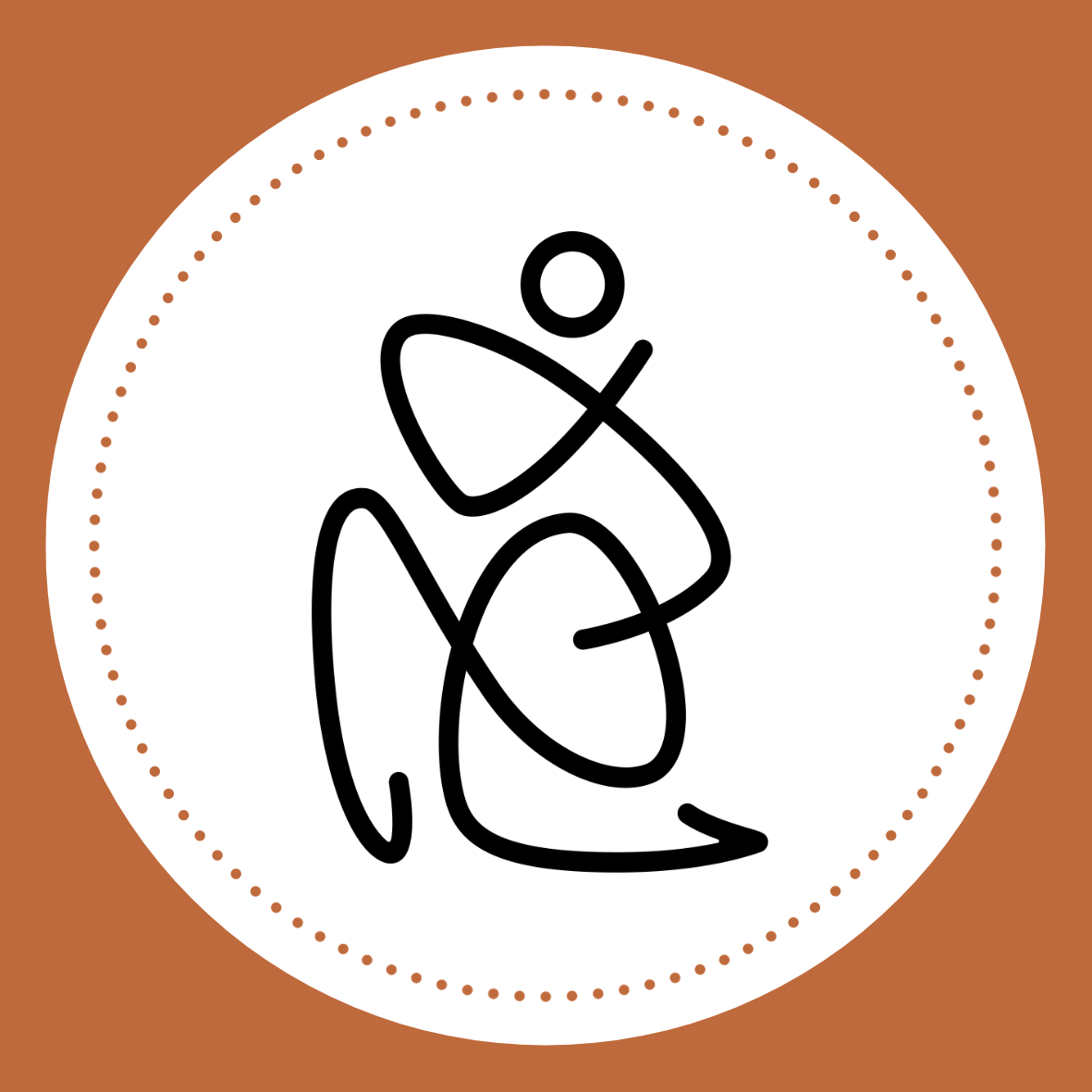Vertigo
Vertigo is a symptom, not a condition in itself.
It’s the sensation that either you or the environment around you is moving or spinning—even when everything is still.
Vertigo is often confused with momentary dizziness—like standing up too quickly after sitting for a long time, or the brief disorientation after a deep Fascial Maneuver session.
This transient dizziness is normal as the body reorients itself and should not be confused with Vertigo as a persistent condition.
When vertigo becomes severe, symptoms can last for days, months, or even years, making daily life extremely difficult.
Common Causes of Vertigo We've Observed:
Blood vessel disease
Certain drugs (anticonvulsants, aspirin, alcohol)
Multiple sclerosis
Stroke
Tumors (cancerous or benign)
Previous head surgeries
Ocular or vestibular issues
Chronic dehydration of fascial tissue
Imbalanced pressure in the head, neck, and shoulders (ear canal or optic nerve compression)
Heightened viral activity
Chronic systemic stress
High or low blood pressure
Past head trauma (including concussions) can also be a hidden contributor.
When the body begins unwinding these traumas, temporary vertigo-like sensations are common—and often clear naturally with time and proper movement.
Patterns We've Seen in the Clinic:
Across thousands of cases, one pattern shows up over and over again:
Chronic dehydration of fascial tissue.
When fascia contracts—especially in the head, neck, and shoulders—it builds pressure around the cranial bones, ear canals, and optic nerves, creating vertigo symptoms.
Your fascia connects every organ, muscle, tendon, nerve, and bone.
When fascia loses hydration, the system loses its elasticity and resilience.
What We've Observed Works Best:
1. Understand and Address Hydration
True hydration begins with mineral absorption.
Learn more about fascia and hydration here:
🔗 Dehydration of the Fascia
2. Daily Fascial Movement
We’ve seen the best results with:
Upper Reset Routine — 1–2 times per day for 28 days
This helps break adhesions, bring fluid into fascia, reduce cranial pressure, and reset the nervous system.Head and Face Masterclass with Eye and Vestibular Reprogramming — once per week
Give your body time to integrate changes between sessions. Avoid overloading the vestibular system early on.Partnered Maneuvers — once every two weeks
Assists in reducing deep cranial, cervical, and upper body tension. If you have a partner available, this work accelerates results.
3. Walking and Crawling
Walk daily for 30 minutes minimum on uneven surfaces (like trails, sand, grass).
Crawl or lightly climb to restore full-body spatial awareness.
Avoid treadmills and ellipticals—these disconnect environmental input from body movement and can worsen vestibular symptoms.
Realistic Timeline for Recovery:
Restoring full balance can take 1–3 months depending on the depth of dehydration, stress, and trauma patterns.
Patience and daily consistency are key.
Whenever you feel stressed, bring your body back into regulation by practicing:
Over time, reducing chronic stress is the most important foundation for full recovery.
🎥 Watch a Short Video on Vertigo Recovery
Your body knows how to find balance again.
It's not about fighting vertigo—it's about releasing the tension and pressure that's been holding you out of alignment.
